A Review of the Transient Process and Control for a Hydropower Station with a Super Long Headrace Tunnel
Abstract
:1. Introduction
- (1)
- During the transient processes, the super long headrace tunnel leads to extremely large flow inertia in the tunnel and an extremely large amplitude of water level oscillation in the surge tank. The flow inertia time constant of the super long headrace tunnel can reach tens of seconds. The extremely large flow inertia leads to conspicuous contradiction between the stability and regulation quality [29,30]. Because of the existence of the super long headrace tunnel, the size of the surge tank is extremely large, and the water level oscillation in the surge tank has the following characteristics: Long period, large amplitude, and slow attenuation. After the setting of the surge tank, the length of the penstock is decreased and the water hammer pressure is reduced. However, the water pressure caused by the extremely large amplitude of the water level oscillation in the surge tank always superimposes with the water hammer pressure. As a result, the influence factors of volute pressure become much more complicated. Moreover, the extremely large flow inertia leads to an extremely large critical stable sectional area of the surge tank [31]. In conclusion, the extremely large amplitude of the water level oscillation and extremely large critical stable sectional area bring enormous difficulties to the hydraulic design optimization of the surge tank.
- (2)
- The hydro-turbine governing system has strong nonlinear characteristics and complicated hydraulics-machinery-electrics coupling characteristics [32,33,34]. The hydro-turbine governing system is a nonlinear dynamic system and the subsystems of hydraulics, machinery, and electrics have typical nonlinear characteristics. Specifically, in the pipeline, the head loss is proportional to the square of the flow velocity [35,36]. The flow characteristics and energy characteristics of the turbine are complicated, and the model comprehensive characteristic curves reflect the nonlinear characteristics of the turbine [37]. The governor is the core component of the hydro-turbine governing system and contains the dead zone nonlinearity and saturation nonlinearity [38]. For the subsystem of hydraulics, the hydraulic nonlinearity becomes more significant with the increase of the length of the pipeline [39,40]. For instance, the nonlinearity of the head loss for the hydropower station with a long headrace tunnel would cause a nonlinear hydraulic gradient. Because of the nonlinear hydraulic gradient, the propagation and reflection of the water hammer wave are affected, and the transient processes of the hydro-turbine governing system become more complicated. Meanwhile, the low-frequency mass wave in the surge tank, high-frequency water hammer wave in the penstock, and low-frequency flow oscillation wave in the headrace tunnel superimpose with each other. The coupling effect among the superimposed hydraulic waves, machinery subsystem, and electrics subsystem appears and then makes the transient process for the hydropower station with a super long headrace tunnel much more complicated. As a result, the regulation of the governor and control of the unit operation face enormous challenges.
2. Hydraulic Design Optimization of Surge Tanks
2.1. Hydraulic Design Optimization of Single Surge Tank
2.2. Hydraulic Design Optimization of the Surge Tank with Special Type or Combination
2.2.1. Air Cushion Surge Chamber
2.2.2. Upstream and Downstream Double Surge Tanks
2.2.3. Upstream Series Double Surge Tanks
2.3. The Most Disadvantageous Design and the Most Advantageous Operation of the Surge Tank under Combined Operating Conditions Based on the Surge Wave
3. Operation Control of the Unit
3.1. Stability and Regulation Quality of the Hydro-Turbine Governing System under the Isolated Operation Condition
3.1.1. Regulation Quality and Critical Stable Sectional Area of the Surge Tank Based on Regulation Modes
3.1.2. Transient Process and Control of the Hydro-Turbine Governing System under the Effect of the Surge Tank
3.2. Stability and Regulation Quality of the Hydro-Turbine Governing System under the Grid-Connected Operation Condition
4. Conclusions
- (1)
- The maximal volute pressure of hydropower stations with super long headrace tunnels depends on the highest water level in the surge tank, but not the closing law of the guide vane. For the hydropower station with a super long headrace tunnel, the reasonable value of is about 0.2 when the throttled surge tank is adopted.
- (2)
- For the hydropower station with a super long headrace tunnel and air cushion surge chamber, the condition that the maximal volute pressure is determined by the highest water level in the surge chamber is more likely to appear. The throttling orifice cannot affect the system stability through its head loss, but can affect the system dynamic response. The formula of the critical stable sectional area of the air cushion surge chamber consists of three terms, i.e., the headrace tunnel term considering the turbine characteristics, Fth1 the penstock term considering the turbine characteristics, Fth2; and the governor term, Fth3.
- (3)
- For the hydropower station with upstream and downstream double surge tanks, the Thoma assumption reduces the stable domain. The stability of the hydro-turbine governing system considering the saturation nonlinearity of the governor is worse than that not considering the saturation nonlinearity of the governor. For hydropower stations with upstream series double surge tanks, the explicit formulas of water level oscillations in surge tanks are Equations (6) and (7).
- (4)
- With the increase of the throttled loss coefficient of the surge tank, the controlling operating condition for the highest water level in the surge tank changes from the load-acceptance-then-rejection condition to the successive load rejection condition, meanwhile, the controlling operating condition for the lowest water level in the surge tank changes from the load-rejection-then-acceptance condition to the successive load acceptance condition. Based on the cascaded load adjustment mode, the most advantageous operation of the surge tank under combined operating conditions based on the surge wave can be achieved.
- (5)
- The systems under FR and PR are both conditionally stable, and the stable domain of the former is far smaller than that of the latter. The system under SSR is absolutely stable. The regulation quality of hydro-turbine governing system is mainly determined by the tail wave. The criterion for the critical stable sectional area of the surge tank is the coefficient of the first-order term of the free vibration equation.
- (6)
- From the perspective of improving the stability and regulation quality of the hydro-turbine governing system, the hydropower station with a super long headrace tunnel is suitable for the grid-connected operation condition. The power grid can affect both the head wave and tail wave. With the increase of the scale of the power grid, the head wave and tail wave decay more rapidly.
- (1)
- Free surface-pressurized flow can effectively reduce the flow inertia in super long headrace tunnels. The applicability and hydraulic design theory of headrace tunnels with free surface-pressurized flow to hydropower stations with super long headrace tunnels needs to studied.
- (2)
- The control requirements of hydropower stations with super long headrace tunnels are high, and the linear control strategies cannot be met in some cases. It is necessary to study the nonlinear control strategies for the operation of hydropower stations with super long headrace tunnels.
- (3)
- The hydropower station with a super long headrace tunnel usually operates under complex conditions and undertakes the tasks of power modulation and frequency modulation. The transient process and control under stochastic or uncertain external disturbance should be explored.
- (4)
- The transient process and control for hydropower stations with super long headrace tunnels under the complementary operation of wind power, solar power, and hydropower is a novel research direction.
Author Contributions
Funding
Conflicts of Interest
Nomenclature
| Pipe roughness | |
| Hydraulic radius of headrace tunnel | |
| Discharge coefficient in throttled orifice | |
| Coefficient of throttled loss | |
| Discharge | |
| Head losses when water goes through the headrace tunnel with the discharge of | |
| Head losses when water goes through the throttled orifice with the discharge of | |
| Length of headrace tunnel | |
| Sectional area of headrace tunnel | |
| Flow velocity of headrace tunnel | |
| Distance between bottom plate of upper chamber and initial water level | |
| The highest water level in surge tank | |
| Sectional area of throttled orifice | |
| Sectional area of surge tank | |
| Sectional area of upper chamber | |
| Critical stable sectional area of surge tank | |
| Rated head | |
| , , , , , | Intermediate coefficients |
| Upstream reservoir level | |
| Water level in surge chamber | |
| Air pressure in surge chamber | |
| Top elevation of surge chamber | |
| Unit weight of water | |
| Atmospheric pressure | |
| Coefficient of head loss | |
| Flow inertia time constant of headrace tunnel | |
| Air chamber height | |
| Throttling orifice head loss coefficient | |
| Temporary droop | |
| Damping device time constant | |
| Relative deviation of discharge in penstock | |
| Relative deviation of unit frequency | |
| Relative deviation of guide vane opening | |
| Headrace tunnel term considering turbine characteristics | |
| Penstock term considering turbine characteristics | |
| Governor term | |
| Air polytropic index | |
| Air chamber pressure | |
| Length of headrace tunnel | |
| Sectional area of headrace tunnel | |
| Head loss of headrace tunnel | |
| Head loss coefficient of headrace tunnel | |
| Length of penstock | |
| Sectional area of penstock | |
| Head loss of penstock | |
| Head loss coefficient of penstock | |
| , , | Moment transfer coefficients of turbine |
| , , | Discharge transfer coefficients of turbine |
| Comprehensive characteristic coefficient of turbine | |
| Rated discharge of turbine | |
| Load self-regulation coefficient | |
| Permanent droop | |
| Ratio of sectional area of upstream surge tank and its own critical stable area | |
| Ratio of sectional area of downstream surge tank and its own critical stable area | |
| Proportional gain | |
| Integral gain | |
| Time constant of surge tank | |
| , | Water levels in upstream series double surge tanks |
| Head loss coefficient between upstream reservoir and the first surge tank | |
| Time | |
| , , , , , | Intermediate coefficients |
| Level of surge wave in surge tank under superimposition operating condition | |
| Amplitude of surge wave in surge tank under superimposition operating condition | |
| Phase of surge wave in surge tank under superimposition operating condition | |
| Angular frequency | |
| Change of discharge | |
| Ratio of sectional area of surge tank and its critical stable sectional area | |
| Attenuation rate | |
| Abbreviations | |
| VP | Volute pressure |
| WLST | Water level in surge tank |
| FR | Frequency regulation |
| PR | Power regulation |
| SSR | Servomotor stroke regulation |
| TBM | Tunnel boring machine |
| PID | Proportional-Integral-Derivative |
References
- Amponsah, N.Y.; Troldborg, M.; Kington, B.; Aalders, I.; Hough, R.L. Greenhouse gas emissions from renewable energy sources: A review of lifecycle considerations. Renew. Sustain. Energy Rev. 2014, 39, 461–475. [Google Scholar] [CrossRef]
- Jurasz, J.; Ciapała, B. Solar–hydro hybrid power station as a way to smooth power output and increase water retention. Sol. Energy 2018, 173, 675–690. [Google Scholar] [CrossRef]
- Ming, B.; Liu, P.; Guo, S.L.; Cheng, L.; Zhou, Y.L.; Gao, S.D.; Li, H. Robust hydroelectric unit commitment considering integration of large-scale photovoltaic power: A case study in China. Appl. Energy 2018, 228, 1341–1352. [Google Scholar] [CrossRef]
- Pérez-Sánchez, M.; Sánchez-Romero, F.; Ramos, H.; López-Jiménez, P.A. Energy recovery in existing water networks: Towards greater sustainability. Water 2018, 9, 97. [Google Scholar] [CrossRef]
- Coelho, B.; Andrade-Campos, A. Efficiency achievement in water supply systems—A review. Renew. Sustain. Energy Rev. 2014, 30, 59–84. [Google Scholar] [CrossRef]
- Sipahutar, R.; Bernas, S.M.; Imanuddin, M.S. Renewable energy and hydropower utilization tendency worldwide. Renew. Sustain. Energy Rev. 2013, 17, 13–15. [Google Scholar] [CrossRef] [Green Version]
- Wagner, H.J.; Mathur, J. Introduction to Hydro Energy Systems; Springer: Berlin, Germany, 2011. [Google Scholar]
- Xu, J.; Ni, T.; Zheng, B. Hydropower development trends from a technological paradigm perspective. Energy Convers. Manag. 2015, 90, 195–206. [Google Scholar] [CrossRef]
- Huang, H.; Yan, Z. Present situation and future prospect of hydropower in China. Renew. Sustain. Energy Rev. 2009, 13, 1652–1656. [Google Scholar] [CrossRef]
- Peng, C.; Qian, G.L. Prospects for the 21st century hydropower development in China. Water Power 2006, 32, 6–10. [Google Scholar]
- Zhou, J.P.; Qian, G.L. Planning and development status of the Thirteen Hydropower Bases. Constr. Hydraul. Eng. 2011, 1, 1–7. [Google Scholar]
- Zhou, D.S. Tentative output plans of hydropower resources in Tibet District. Hubei Water Power 2009, 3, 63–69. [Google Scholar]
- Gong, Q.M.; Yin, L.J.; Wu, S.Y.; Zhao, J.; Ting, Y. Rock burst and slabbing failure and its influence on TBM excavation at headrace tunnels in Jinping II hydropower station. Eng. Geol. 2012, 124, 98–108. [Google Scholar] [CrossRef]
- Yu, X.D.; Zhang, J.; Hazrati, A. Critical superposition instant of surge waves in surge tank with long headrace tunnel. Can. J. Civ. Eng. 2011, 38, 331–337. [Google Scholar] [CrossRef]
- Wu, S.Y.; Shen, M.B.; Wang, J. Jinping hydropower project: Main technical issues on engineering geology and rock mechanics. Bull. Eng. Geol. Environ. 2010, 69, 325–332. [Google Scholar] [CrossRef]
- Ma, T.H.; Tang, C.A.; Tang, L.X.; Zhang, W.D.; Wang, L. Rockburst characteristics and microseismic monitoring of deep-buried tunnels for Jinping II Hydropower Station. Tunn. Undergr. Space Technol. 2015, 49, 345–368. [Google Scholar] [CrossRef]
- Trivedi, C.; Gandhi, B.; Michel, C.J. Effect of transients on Francis turbine runner life: A review. J. Hydraul. Res. 2013, 51, 121–132. [Google Scholar] [CrossRef]
- Xiao, R.F.; Wang, Z.W.; Luo, Y.Y. Dynamic stresses in a Francis turbine runner based on fluid-structure interaction analysis. Tsinghua Sci. Technol. 2008, 13, 587–592. [Google Scholar] [CrossRef]
- Frunzaverde, D.; Muntean, S.; Marginean, G.; Campian, V.; Marşavina, L.; Terzi, R.; Şerban, V. Failure analysis of a Francis turbine runner. IOP Conf. Ser. Earth Environ. Sci. 2010, 12, 012115. [Google Scholar] [CrossRef] [Green Version]
- Chaudhry, M.H. Applied Hydraulic Transients; Springer: New York, NY, USA, 2014. [Google Scholar]
- Wei, S.P. Hydraulic Turbine Regulation; Huazhong University of Science and Technology Press: Wuhan, China, 2009. [Google Scholar]
- Anderson, P.M.; Fouad, A.A. Power System Control and Stability; John Wiley & Sons: Hoboken, NJ, USA, 2008. [Google Scholar]
- Liu, Q.Z.; Peng, S.Z. Surge Tank of Hydropower Station; China Waterpower Press: Beijing, China, 1995. [Google Scholar]
- Zeng, Y.; Guo, Y.K.; Zhang, L.M.; Xu, T.M.; Dong, H.K. Nonlinear hydro turbine model having a surge tank. Math. Comput. Model. Dyn. 2013, 19, 12–28. [Google Scholar] [CrossRef] [Green Version]
- Yang, J.D.; Wang, H.; Guo, W.C.; Yang, W.J.; Zeng, W. Simulation of wind speed in the ventilation tunnel for surge tanks in transient processes. Energies 2016, 9, 95. [Google Scholar] [CrossRef]
- Yu, X.D.; Zhang, J.; Fan, C.; Chen, S. Stability analysis of governor-turbine-hydraulic system by state space method and graph theory. Energy 2016, 114, 613–622. [Google Scholar] [CrossRef]
- Fang, H.Q.; Chen, L.; Dlakavu, N.; Shen, Z.Y. Basic modeling and simulation tool for analysis of hydraulic transients in hydroelectric power plants. IEEE Trans. Energy Convers. 2008, 23, 834–841. [Google Scholar] [CrossRef]
- Li, C.S.; Mao, Y.F.; Yang, J.D.; Wang, Z.B.; Xu, Y.H. A nonlinear generalized predictive control for pumped storage unit. Renew. Energy 2017, 114, 945–959. [Google Scholar] [CrossRef]
- Peng, Z.Y.; Guo, W.C. Saturation characteristics for stability of hydro-turbine governing system with surge tank. Renew. Energy 2019, 131, 318–332. [Google Scholar] [CrossRef]
- Guo, W.C.; Yang, J.D. Dynamic performance analysis of hydro-turbine governing system considering combined effect of downstream surge tank and sloping ceiling tailrace tunnel. Renew. Energy 2018, 129, 638–651. [Google Scholar] [CrossRef]
- Guo, W.C.; Yang, J.D.; Yang, W.J.; Chen, J.P.; Teng, Y. Regulation quality for frequency response of turbine regulating system of isolated hydroelectric power plant with surge tank. Int. J. Electr. Power 2015, 73, 528–538. [Google Scholar] [CrossRef] [Green Version]
- Guo, W.C.; Yang, J.D.; Chen, J.P.; Wang, M.J. Nonlinear modeling and dynamic control of hydro-turbine governing system with upstream surge tank and sloping ceiling tailrace tunnel. Nonlinear Dyn. 2016, 84, 1383–1397. [Google Scholar] [CrossRef]
- Li, H.H.; Chen, D.Y.; Zhang, H.; Wang, F.F.; Ba, D.D. Nonlinear modeling and dynamic analysis of a hydro-turbine governing system in the process of sudden load increase transient. Mech. Syst. Signal Process. 2016, 80, 414–428. [Google Scholar] [CrossRef] [Green Version]
- Li, H.H.; Chen, D.Y.; Zhang, H.; Wu, C.Z.; Wang, X.Y. Hamiltonian analysis of a hydro-energy generation system in the transient of sudden load increasing. Appl. Energy 2017, 185, 244–253. [Google Scholar] [CrossRef]
- Guo, W.C.; Yang, J.D.; Wang, M.J.; Lai, X. Nonlinear modeling and stability analysis of hydro-turbine governing system with sloping ceiling tailrace tunnel under load disturbance. Energy Convers. Manag. 2015, 106, 127–138. [Google Scholar] [CrossRef]
- Yang, J.D.; Wang, M.J.; Wang, C.; Guo, W.C. Linear modeling and regulation quality analysis for hydro-turbine governing system with an open tailrace channel. Energies 2015, 8, 11702–11717. [Google Scholar] [CrossRef]
- Xu, B.B.; Chen, D.Y.; Zhang, H.; Zhou, R. Dynamic analysis and modeling of a novel fractional-order hydro-turbine-generator unit. Nonlinear Dyn. 2015, 81, 1263–1274. [Google Scholar] [CrossRef]
- Li, C.S.; Zhang, N.; Lai, X.J.; Zhou, J.Z.; Xu, Y.H. Design of a fractional order PID controller for a pumped storage unit using a gravitational search algorithm based on the Cauchy and Gaussian mutation. Inf. Sci. 2017, 396, 162–181. [Google Scholar] [CrossRef]
- Xu, B.B.; Chen, D.Y.; Tolo, S.; Patelli, E.; Jiang, Y.L. Model validation and stochastic stability of a hydro-turbine governing system under hydraulic excitations. Int. J. Electr. Power 2018, 95, 156–165. [Google Scholar] [CrossRef]
- Li, H.H.; Chen, D.Y.; Gao, X.; Wang, X.Y.; Han, Q.S.; Wu, C.Z. Fast-slow dynamics of a hydropower generation system with multi-time scales. Mech. Syst. Signal Process. 2018, 110, 458–468. [Google Scholar] [CrossRef]
- Yu, X.D.; Zhang, J.; Zhou, L. Hydraulic transients in the long diversion-type hydropower station with a complex differential surge tank. Sci. World J. 2014, 4, 241868. [Google Scholar] [CrossRef] [PubMed]
- Yu, X.D.; Zhang, J.; Fan, C.Y. Influence of successive load rejections on water hammer pressure of spiral case in long diversion-type hydropower station. Appl. Mech. Mater. 2014, 607, 551–555. [Google Scholar] [CrossRef]
- Martínez-Lucas, G.; Sarasúa, J.I.; Sánchez-Fernández, J.Á.; Wilhelmi, J.R. Frequency control support of a wind-solar isolated system by a hydropower plant with long tail-race tunnel. Renew. Energy 2016, 90, 362–376. [Google Scholar] [CrossRef] [Green Version]
- Martínez-Lucas, G.; Sarasúa, J.I.; Sánchez-Fernández, J.Á.; Wilhelmi, J.R. Power-frequency control of hydropower plants with long penstocks in isolated systems with wind generation. Renew. Energy 2015, 83, 245–255. [Google Scholar] [CrossRef] [Green Version]
- Chen, X.R. Stability analysis and calculation of long water diversion tunnel for hydropower system regulation. Hongshui River Mag. 1998, 1, 45–49. [Google Scholar]
- Murty, M.S.R.; Hariharan, M.V. Analysis and improvement of the stability of a hydro-turbine generating unit with long penstock. IEEE Trans. Power Appar. Syst. 1984, 2, 360–367. [Google Scholar] [CrossRef]
- Ruud, F.O. Instability of a hydraulic turbine with a very long penstock. J. Eng. Power 1965, 87, 290–293. [Google Scholar] [CrossRef]
- Sarasúa, J.I.; Pérez-Díaz, J.I.; Wilhelmi, J.R.; Sánchez-Fernández, J.Á. Dynamic response and governor tuning of a long penstock pumped-storage hydropower plant equipped with a pump-turbine and a doubly fed induction generator. Energy Convers. Manag. 2015, 106, 151–164. [Google Scholar] [CrossRef]
- Zhang, L.; Chen, H.C. Hydraulic transients simulation in hydropower station with long water diversion tunnel. Hydropower Pumped Storage 2016, 2, 70–77. [Google Scholar] [CrossRef]
- Wu, S.Y.; Zhou, J.; Shen, M.B. Study on check computation of complicated hydraulic transients in super-long water diversion and power generation system of Jinping II hydropower station. J. Hydroelectr. Eng. 2015, 34, 107–116. [Google Scholar]
- Fu, L.; Yang, J.D.; Wang, J.W. Special problems of large oscillation transient process of hydropower station with long-distance diversion tunnel. China Rural Water Hydropower 2006, 9, 112–114. [Google Scholar] [CrossRef]
- Chen, J.P.; Yang, J.D.; Guo, W.C.; Teng, Y. Hydraulic design of surge tank in hydropower station with long-distance diversion tunnel. Eng. J. Wuhan Univ. 2016, 49, 212–217. [Google Scholar] [CrossRef]
- National Energy Administration of China. Design Code for Surge Chamber of Hydropower Stations, NB/T 35021-2014; China Electric Power Press: Beijing, China, 2014.
- Peng, Z.Y.; Yang, J.D.; Guo, W.C. Simulation of water level and air pressure inside air cushion surge chamber under constant flow condition. Chin. J. Hydrodyn. 2016, 31, 239–244. [Google Scholar] [CrossRef]
- Zhang, Y.; Yang, J.D.; Guo, W.C. Discussion on large oscillation transient process of hydropower station with long-distance diversion tunnel of air—Cushion surge chamber. Large Electr. Mach. Hydraul. Turbine 2016, 4, 42–48. [Google Scholar] [CrossRef]
- Guo, W.C.; Yang, J.D.; Chen, J.P.; Teng, Y. Study on the stability of waterpower-speed control system for hydropower station with air cushion surge chamber. In Proceedings of the 27th IAHR Symposium on Hydraulic Machinery and Systems, Montreal, QC, Canada, 22–26 September 2014. [Google Scholar]
- Guo, W.C.; Yang, J.; Yang, J.B. Effect of throttling orifice head loss on dynamic behavior of hydro-turbine governing system with air cushion surge chamber. In Proceedings of the 29th IAHR Symposium on Hydraulic Machinery and Systems, Kyoto, Japan, 16–21 September 2018. [Google Scholar]
- Li, L.; Chen, D.B.; Yang, J.D.; Liu, M.Q. Study on the stable cross-sectional area of air-cushion surge chambers. J. Hydraul. Eng. 2016, 47, 700–707. [Google Scholar] [CrossRef]
- Chen, J.P.; Yang, J.D.; Guo, W.C.; Teng, Y. Study on the stability of waterpower-speed control system for hydropower station with upstream and downstream surge chambers based on regulation modes. In Proceedings of the 27th IAHR Symposium on Hydraulic Machinery and Systems, Montreal, QC, Canada, 22–26 September 2014. [Google Scholar]
- Chen, J.P.; Yang, J.D.; Guo, W.C. Bifurcation analysis of hydraulic turbine regulating system with saturation nonlinearity for hydropower stations with upstream and downstream surge chambers. In Proceedings of the 28th IAHR Symposium on Hydraulic Machinery and Systems, Grenoble, France, 4–8 July 2016. [Google Scholar]
- Teng, Y.; Yang, J.D.; Guo, W.C.; Chen, J.P. Study on the stability of waterpower-speed control system for hydropower station with upstream series double surge chamber. J. Hydroelectr. Eng. 2015, 34, 72–79. [Google Scholar]
- Guo, W.C.; Yang, J.D.; Teng, Y. Surge wave characteristics for hydropower station with upstream series double surge tanks in load rejection transient. Renew. Energy 2017, 108, 488–501. [Google Scholar] [CrossRef]
- Wang, B.B.; Guo, W.C.; Yang, J.D. Analytical solutions for determining extreme water levels in surge tank of hydropower station under combined operating conditions. Commun. Nonlinear Sci. 2017, 47, 394–406. [Google Scholar] [CrossRef]
- Guo, W.C.; Wang, B.B.; Yang, J.D.; Xue, Y.L. Optimal control of water level oscillations in surge tank of hydropower station with long headrace tunnel under combined operating conditions. Appl. Math. Model. 2017, 47, 260–275. [Google Scholar] [CrossRef]
- Guo, W.C.; Yang, J.D.; Yang, W.J. Comparative study on stability of three hydraulic turbine regulation modes. J. Hydroelectr. Eng. 2014, 33, 255–262. [Google Scholar]
- Guo, W.C.; Yang, J.D.; Chen, J.P.; Yang, W.J.; Teng, Y.; Zeng, W. Time response of the frequency of hydroelectric generator unit with surge tank under isolated operation based on turbine regulating modes. Electr. Power Compon. Syst. 2015, 43, 2341–2355. [Google Scholar] [CrossRef]
- Guo, W.C.; Yang, J.D.; Chen, Y.M.; Shan, X.J. Research on critical stable sectional area of surge chamber considering the fluid inertia in the penstock and characteristics of governor. J. Hydroelectr. Eng. 2014, 33, 171–178. [Google Scholar]
- Guo, W.C.; Yang, J.D.; Chen, J.P.; Teng, Y. Effect mechanism of penstock on stability and regulation quality of turbine regulating system. Math. Probl. Eng. 2014, 2014, 349086. [Google Scholar] [CrossRef]
- Guo, W.C.; Yang, J.D. Modeling and dynamic response control for primary frequency regulation of hydro-turbine governing system with surge tank. Renew. Energy 2018, 121, 173–187. [Google Scholar] [CrossRef]
- Guo, W.C.; Yang, J.D. Stability performance for primary frequency regulation of hydro-turbine governing system with surge tank. Appl. Math. Model. 2018, 54, 446–466. [Google Scholar] [CrossRef]
- Chen, D.Y.; Ding, C.; Ma, X.Y.; Yuan, P.; Ba, D.D. Nonlinear dynamical analysis of hydro-turbine governing system with a surge tank. Appl. Math. Model. 2013, 37, 7611–7623. [Google Scholar] [CrossRef]
- Chen, D.Y.; Ding, C.; Do, Y.; Ma, X.Y.; Zhao, H.; Wang, Y.C. Nonlinear dynamic analysis for a Francis hydro-turbine governing system and its control. J. Frankl. Inst. 2014, 351, 4596–4618. [Google Scholar] [CrossRef]
- Liang, J.; Yuan, X.H.; Yuan, Y.B.; Chen, Z.H.; Li, Y.Z. Nonlinear dynamic analysis and robust controller design for Francis hydraulic turbine regulating system with a straight-tube surge tank. Mech. Syst. Signal Process. 2017, 85, 927–946. [Google Scholar] [CrossRef]
- Li, L.; Yang, J.D.; Liu, M.Q. Study on small-fluctuation transient process in long diversion tunnel of hydropower station on infinite power grid. J. Hydroelectr. Eng. 2015, 34, 105–110. [Google Scholar]
- Peng, Z.Y.; Yang, J.D.; Guo, W.C. Time response of frequency of the hydro-turbine governing system under the coupled action of surge tank and power grid. In Proceedings of the 28th IAHR Symposium on Hydraulic Machinery and Systems, Grenoble, France, 4–8 July 2016. [Google Scholar]
- Valavi, M.; Nysveen, A. Variable-speed operation of hydropower plants: Past, present, and future. In Proceedings of the 2016 XXII International Conference on Electrical Machines, IEEE, Lausanne, Switzerland, 4–7 September 2016. [Google Scholar]
- Kashem, M.A.; Ledwich, G. Anti-islanding protection and islanding operation of grid-connected hydropower distributed generation. Int. J. Glob. Energy Issues 2005, 24, 76–85. [Google Scholar] [CrossRef]
- Wu, Z.W.; Zhou, X.X. Power system analysis software package (PSASP)—An integrated power system analysis tool. In Proceedings of the IEEE 1998 International Conference on Power System Technology, Beijing, China, 18–21 August 1998. [Google Scholar]
- Yang, W.J.; Yang, J.D.; Guo, W.C.; Zeng, W.; Wang, C.; Saarinen, L.; Norrlund, P. A mathematical model and its application for hydro power units under different operating conditions. Energies 2015, 8, 10260–10275. [Google Scholar] [CrossRef]

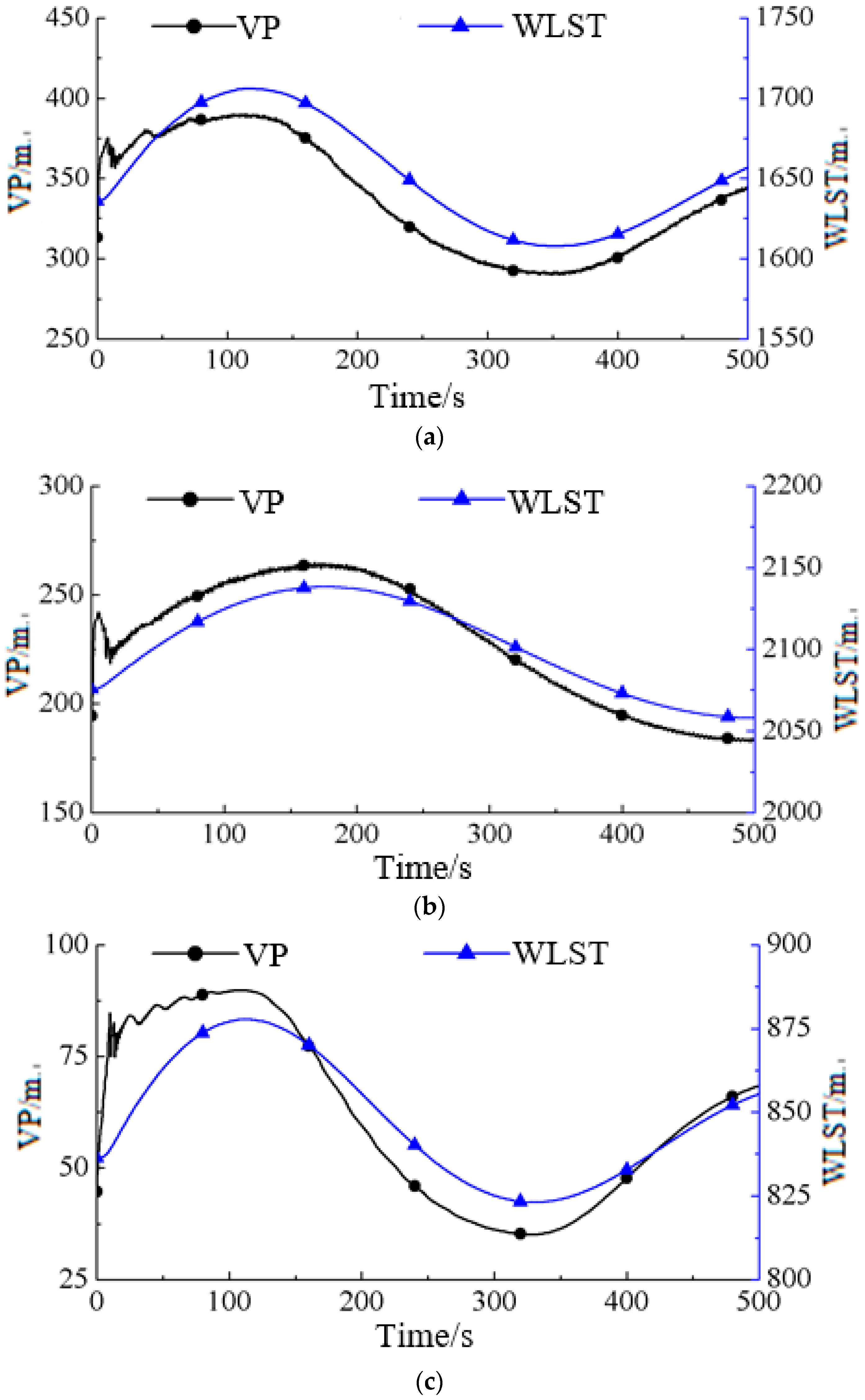
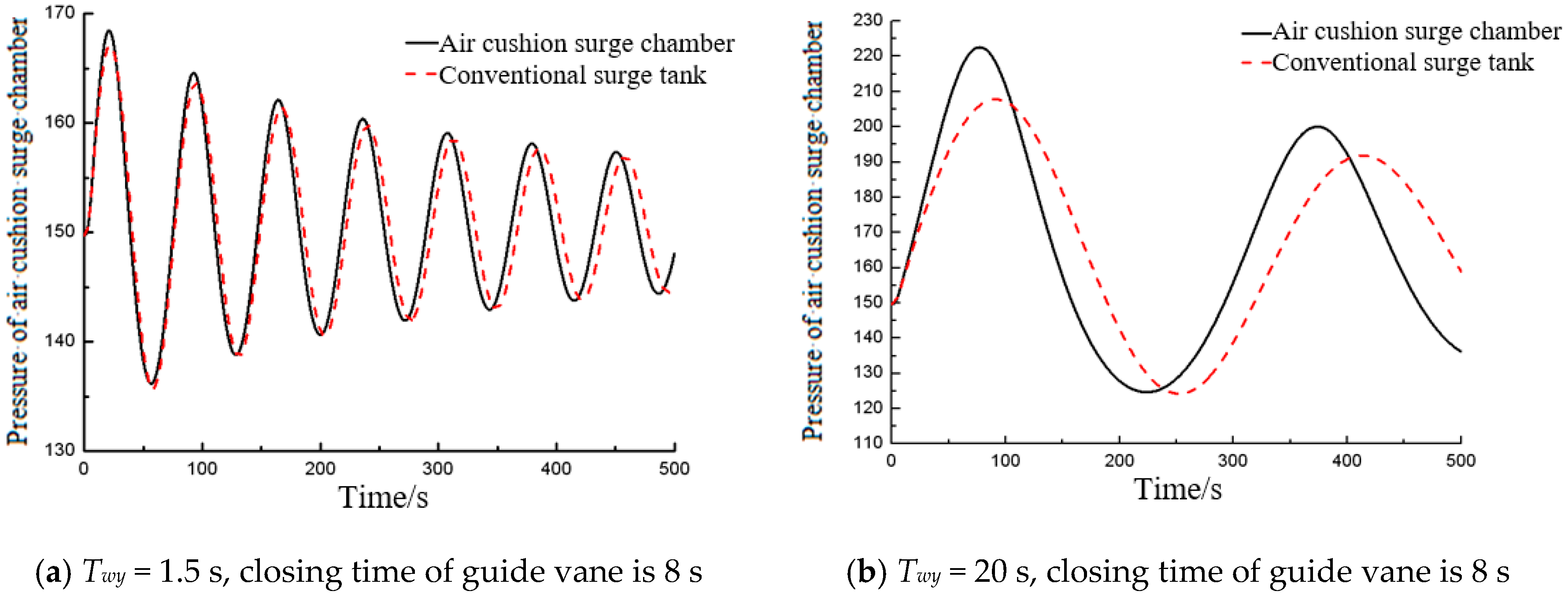

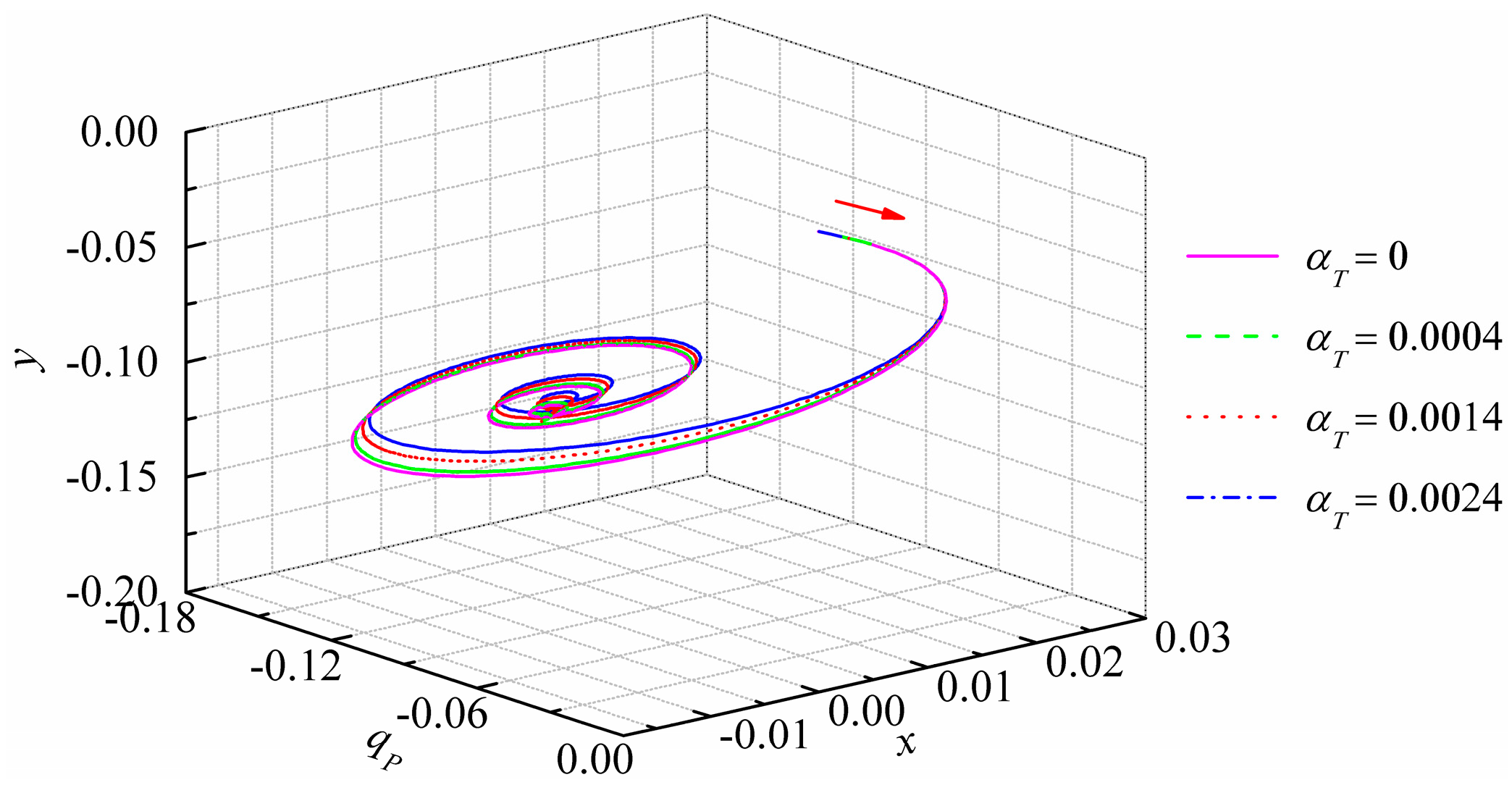
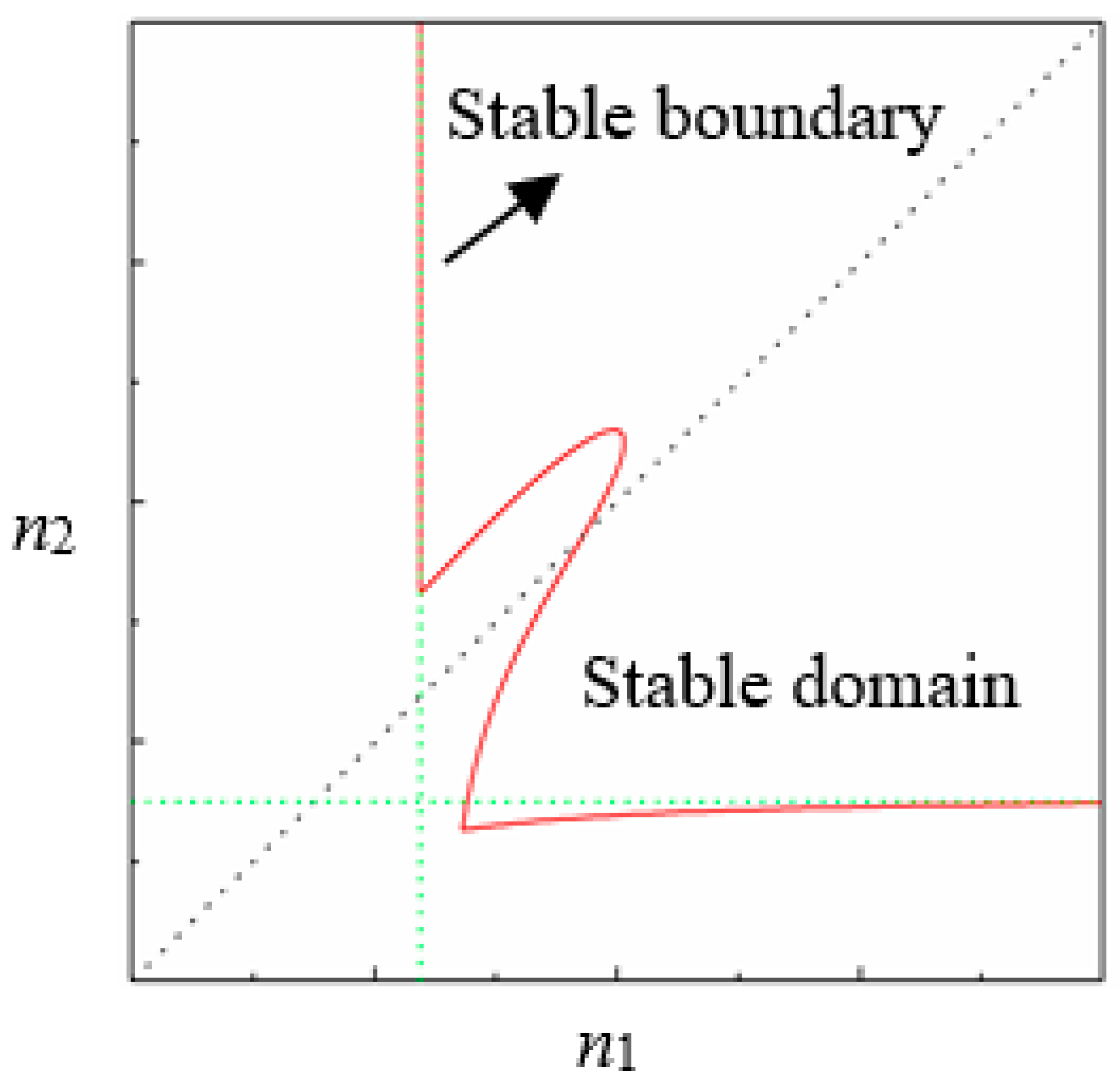
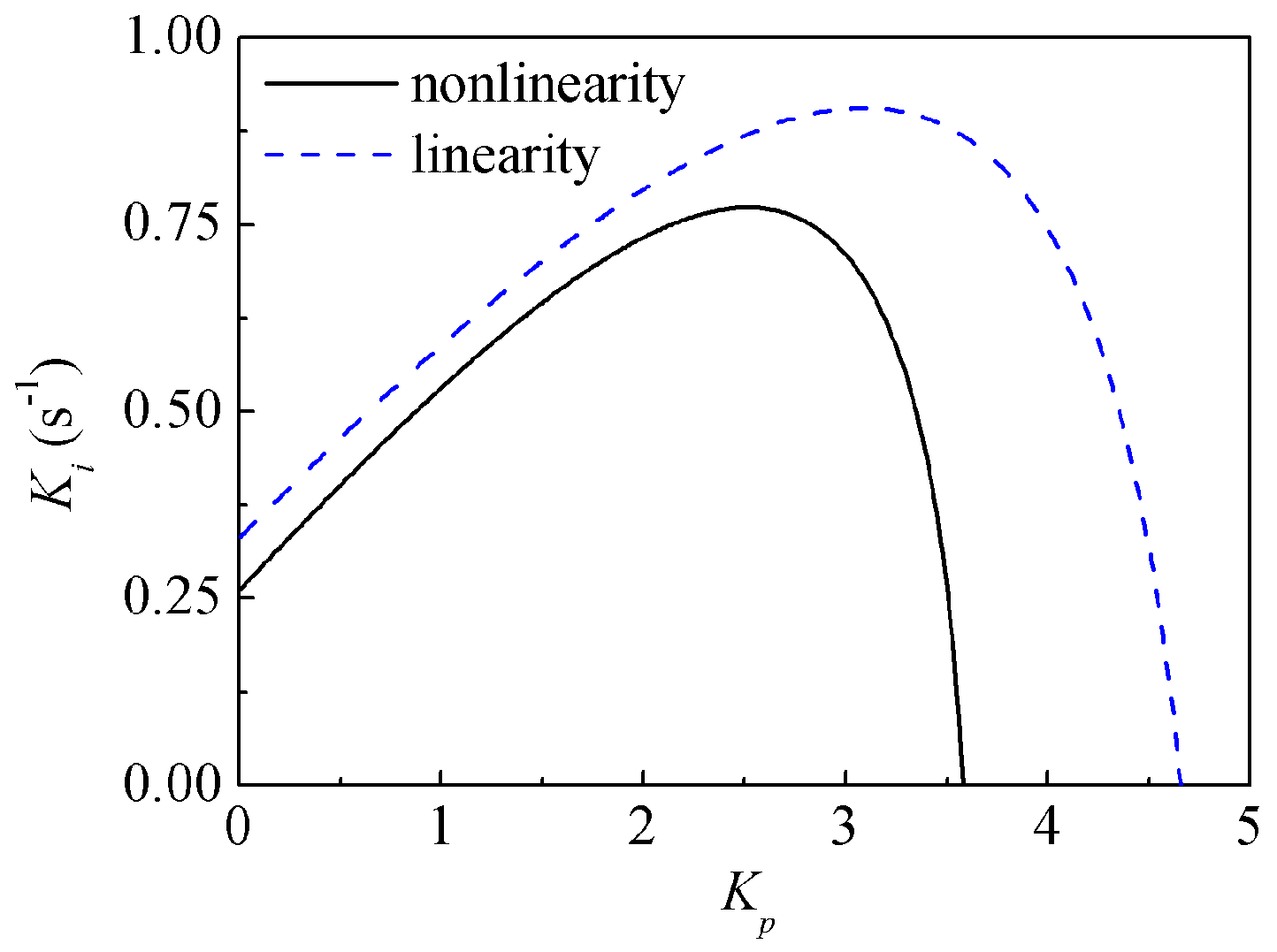
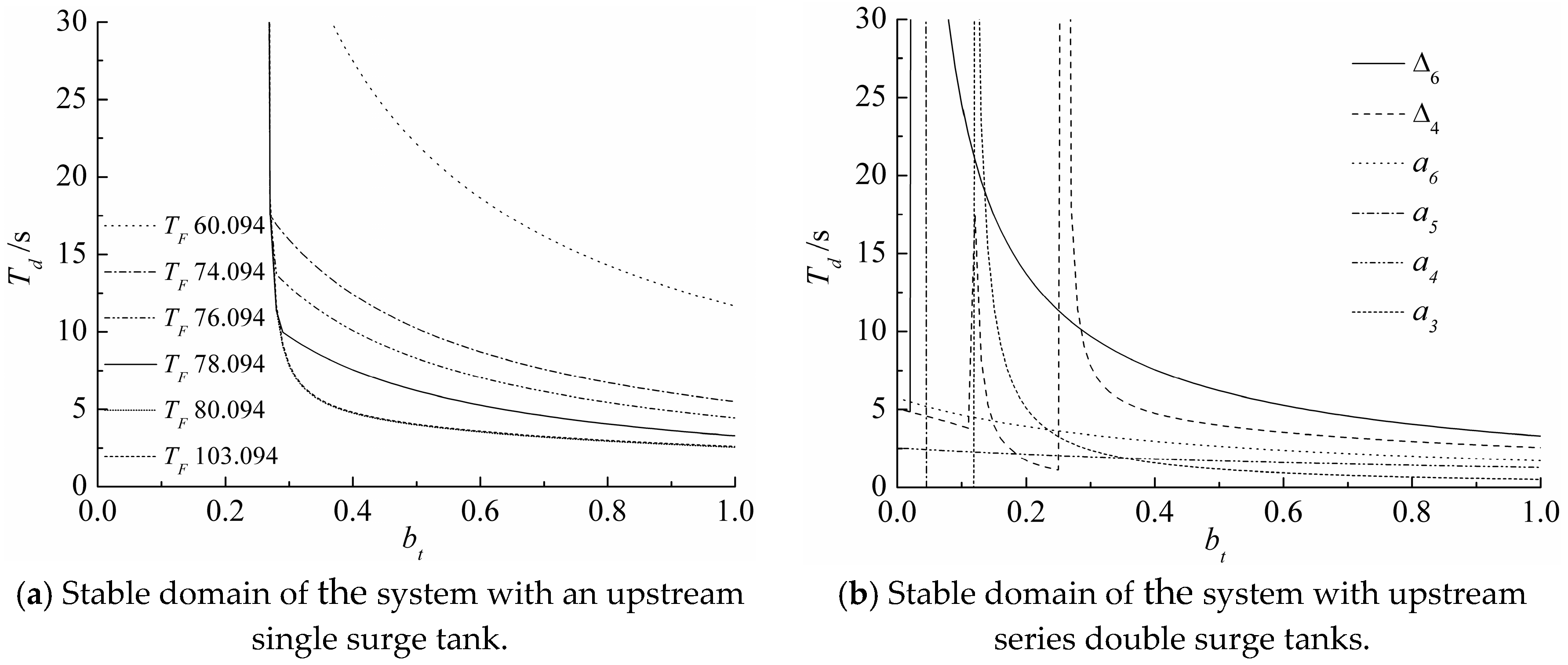



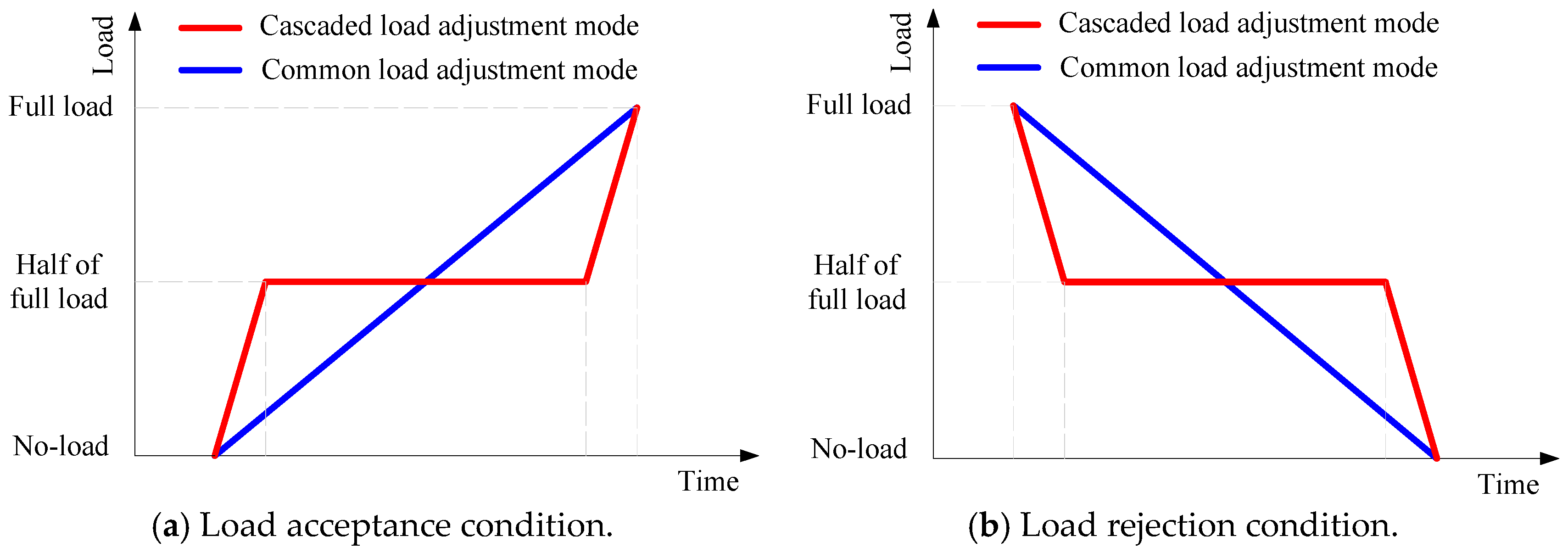
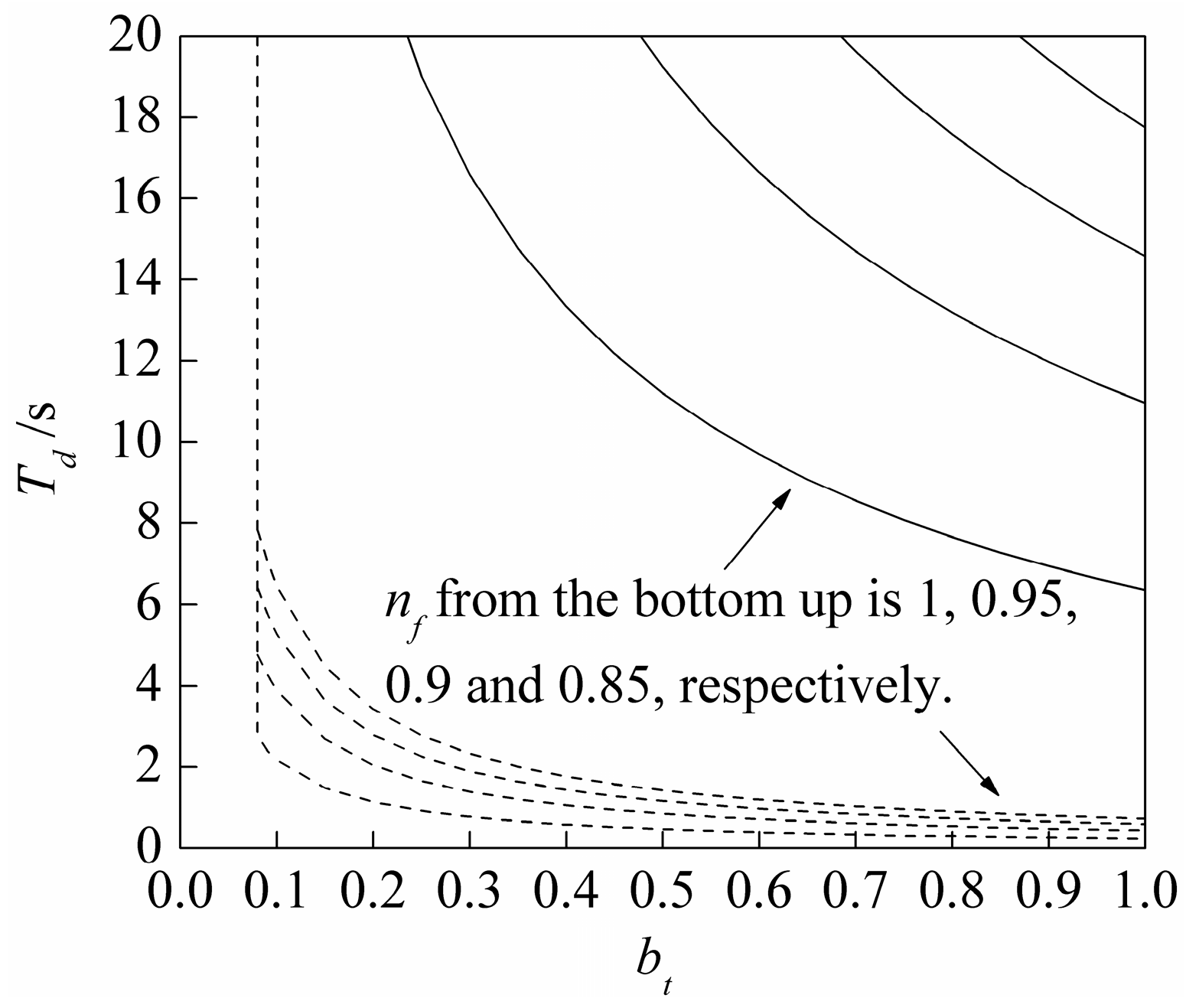
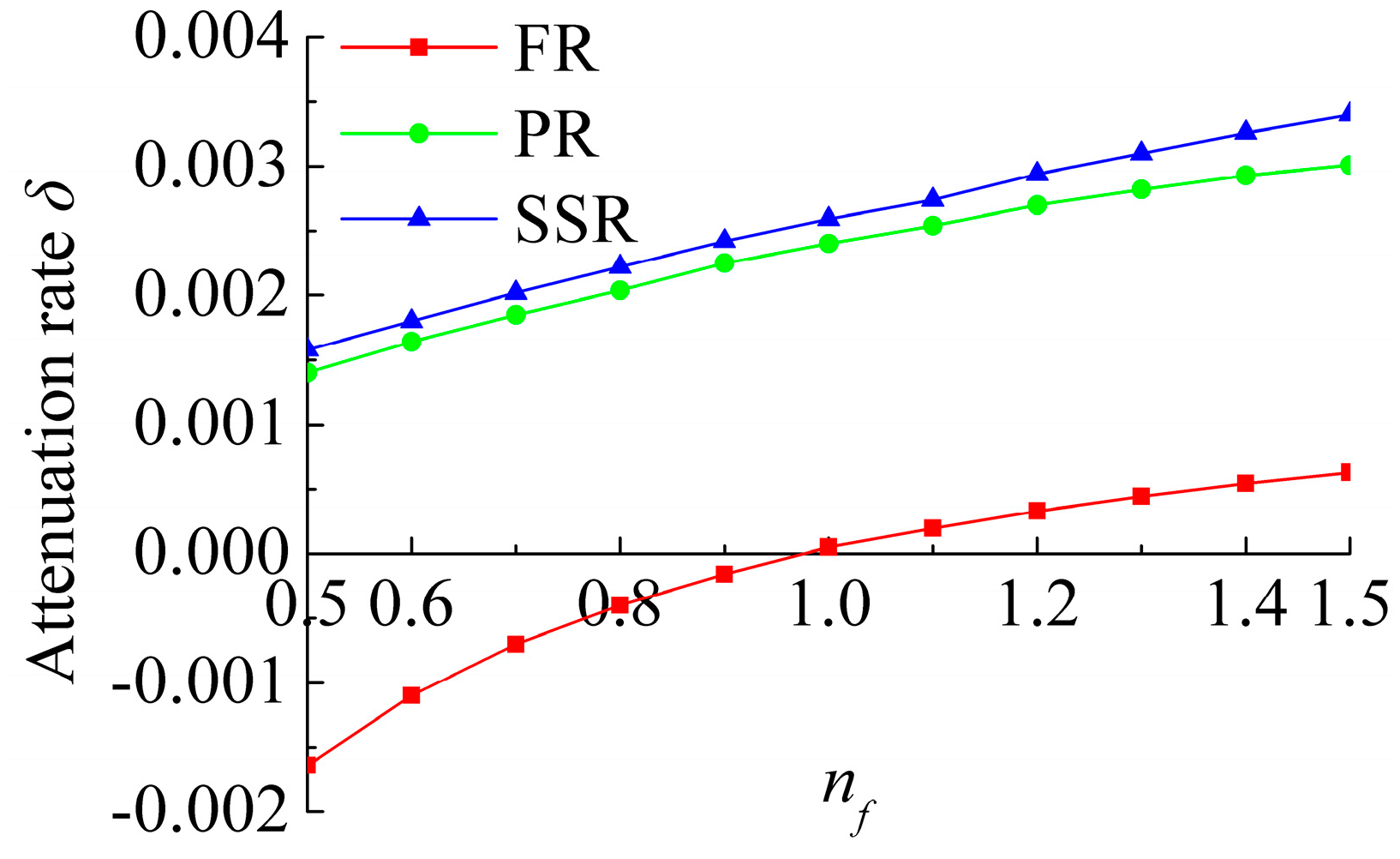


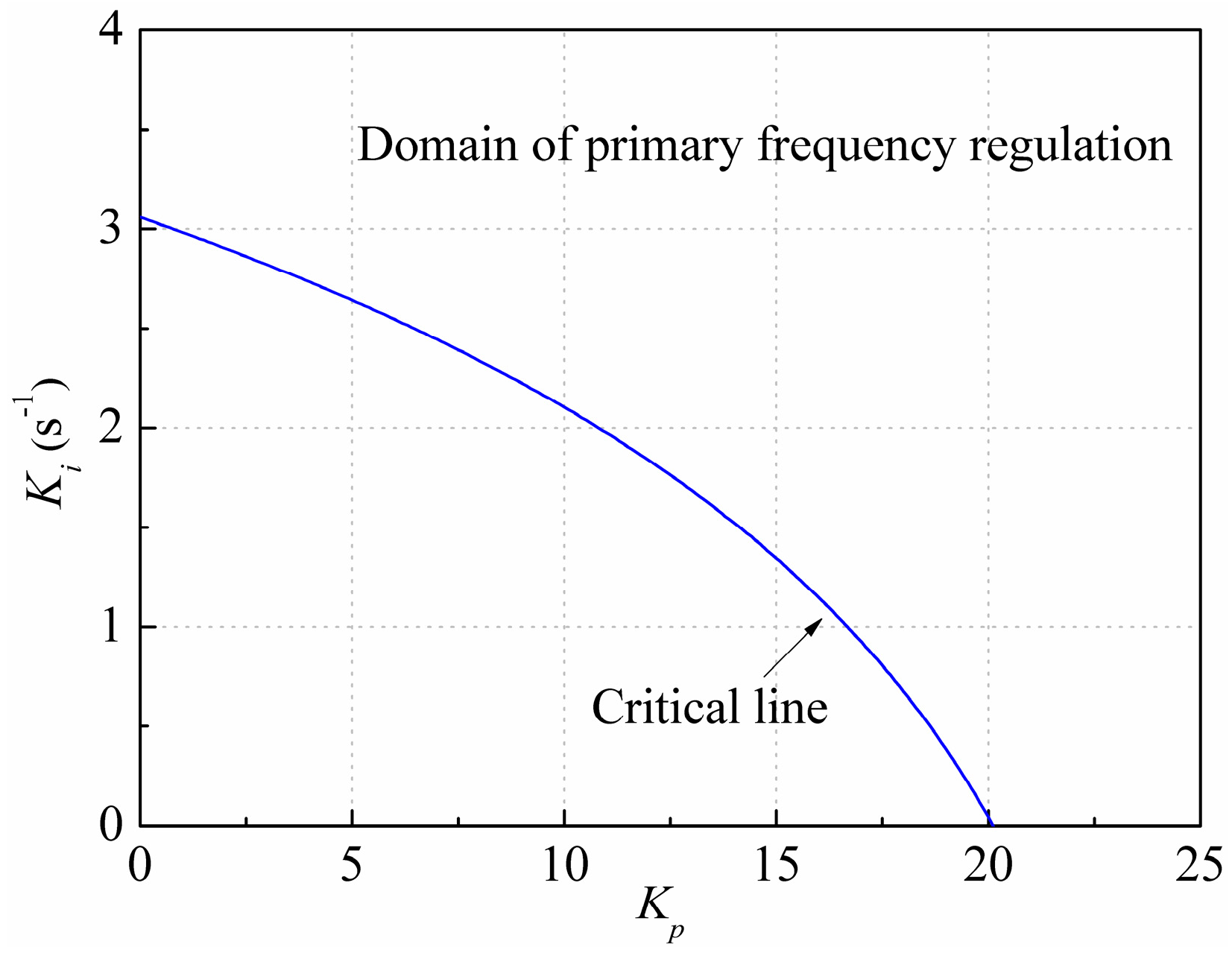

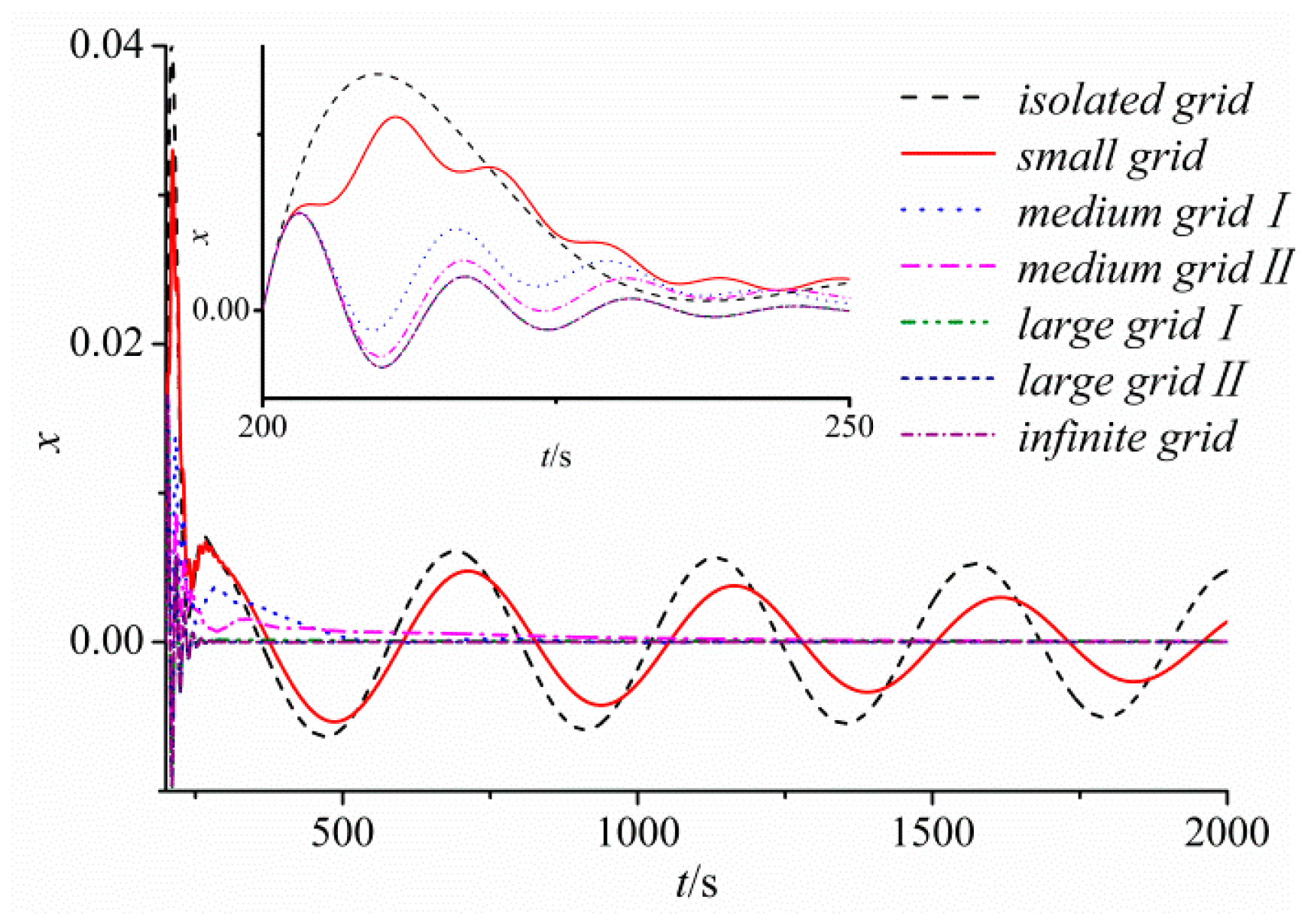
| Work of the Authors’ Research Team | Work of Others around the World |
|---|---|
| (1) Hydraulic design optimization of surge tanks | (1) Surge waves in surge tank, Refs. [14,41,42] |
| Single surge tank, Refs. [51,52] | (2) Power-frequency control, Refs. [43,44] |
| Surge tank with special type or combination, Refs. [53,54,55,56,57,58,59,60,61,62] | (3) Stability and instability of turbine, Refs. [45,46,47,48] |
| Combined operating conditions, Refs. [63,64] | (4) Hydraulic transient simulation, Refs. [49,50] |
| (2) Operation control of unit | |
| Isolated operation condition, Refs. [65,66,67,68,69,70,71,72,73] | |
| Grid-connected operation condition, Refs. [74,75,76,77,78,79] |
| Hydropower Station | Length of Headrace Tunnel/m | Maximal VP/m (Occurrence Time/s) | Highest WLST/m (Occurrence Time/s) |
|---|---|---|---|
| A | 16,737.0 | 390.77 (107.56) | 1705.98 (115.98) |
| B | 16,562.2 | 265.25 (174.3) | 2138.32 (175.7) |
| C | 10,037.8 | 89.82 (106.5) | 877.74 (111.42) |
| Premise | Criterion | Recommended Type of Surge Tank |
|---|---|---|
| Equation (1), | throttled surge tank, simple surge tank | |
| throttled surge tank with upper chamber, simple surge tank with upper chamber | ||
| Equation (2), | simple surge tank with upper chamber, simple surge tank | |
| throttled surge tank, throttled surge tank with upper chamber |
© 2018 by the authors. Licensee MDPI, Basel, Switzerland. This article is an open access article distributed under the terms and conditions of the Creative Commons Attribution (CC BY) license (http://creativecommons.org/licenses/by/4.0/).
Share and Cite
Guo, W.; Zhu, D. A Review of the Transient Process and Control for a Hydropower Station with a Super Long Headrace Tunnel. Energies 2018, 11, 2994. https://doi.org/10.3390/en11112994
Guo W, Zhu D. A Review of the Transient Process and Control for a Hydropower Station with a Super Long Headrace Tunnel. Energies. 2018; 11(11):2994. https://doi.org/10.3390/en11112994
Chicago/Turabian StyleGuo, Wencheng, and Daoyi Zhu. 2018. "A Review of the Transient Process and Control for a Hydropower Station with a Super Long Headrace Tunnel" Energies 11, no. 11: 2994. https://doi.org/10.3390/en11112994
APA StyleGuo, W., & Zhu, D. (2018). A Review of the Transient Process and Control for a Hydropower Station with a Super Long Headrace Tunnel. Energies, 11(11), 2994. https://doi.org/10.3390/en11112994





